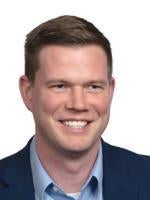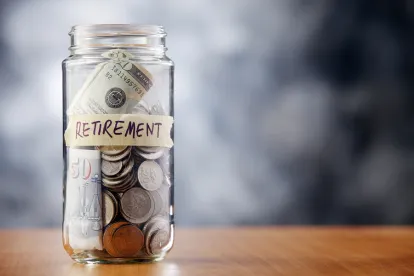Welcome to Part 10 (of 10) of our series about the SECURE 2.0 Act of 2022 (SECURE 2.0) (our other articles are on our JL Employee Benefits Blog Page). Among the many changes within SECURE 2.0, the following allow for increased flexibility for participants to access certain retirement plan accounts when faced with qualifying emergencies, hardships, and disasters.
Sections 312 & 602 — Effective after December 31, 2022, an employer may rely on an employee’s self-certification that they have experienced an event that qualifies as a financial hardship. Specifically, the new rules allow for self-certifications as to both (i) the fact that they have a hardship; and (ii) that the amount of the distribution is not in excess of the employee’s financial need. This welcome change is expected to significantly streamline the plan administration of hardship applications.
Section 312 of SECURE 2.0 also allows an employer to rely on an employee’s written certification for participants of a 457(b) plan experiencing an unforeseeable emergency. The certification is similar to those for the 401(k) and 403(b) plans in that it must state (i) the participant faces an unforeseeable emergency and (ii) the requested amount is not greater than the emergency need.
Also, effective for plan years beginning after December 31, 2023, the new 403(b) plan hardship rules now align with similar rules for 401(k) plans. Specifically, Section 602 eliminates the plan loan prerequisite to a hardship distribution for 403(b) plans, which now may also include certain employer contributions.
Section 331— Effective for disasters after December 27, 2020, SECURE 2.0 finally makes the exception to the 10% early withdrawal tax for federally declared disasters permanent. Under the new rules, eligible distributions are up to $22,000 per disaster. Individuals receiving eligible distributions are not subject to the early withdrawal penalty of 10% ordinarily applied to hardship withdrawals. For the distribution to qualify for the exemption, the individual’s principal residence must be in a federally declared disaster area. Also, there must be a corresponding economic loss to receive such a distribution. Individuals are also eligible to repay the declared disaster distributions within three years. While the recipients must pay tax on the distribution, if not repaid, they can spread the taxable income over three tax years.
Additionally, employers may permit larger loans (up to a maximum of $100,000 or 100% of the vested account balance) as part of the qualified disaster distribution. Typically plan loans, not for the purchase of a principal residence, may not exceed a five-year payoff. Qualified individuals may be eligible for a delay of certain repayments for up to one year, which is disregarded when calculating the five-year payoff timeframe.
Lastly, for qualified individuals who received a qualified distribution for the purchase or construction of a principal residence during a specified timeframe surrounding the declared disaster but could not purchase or construct the principal residence due to the qualified disaster, Section 331 allows them to re-contribute that distribution.




 />i
/>i

